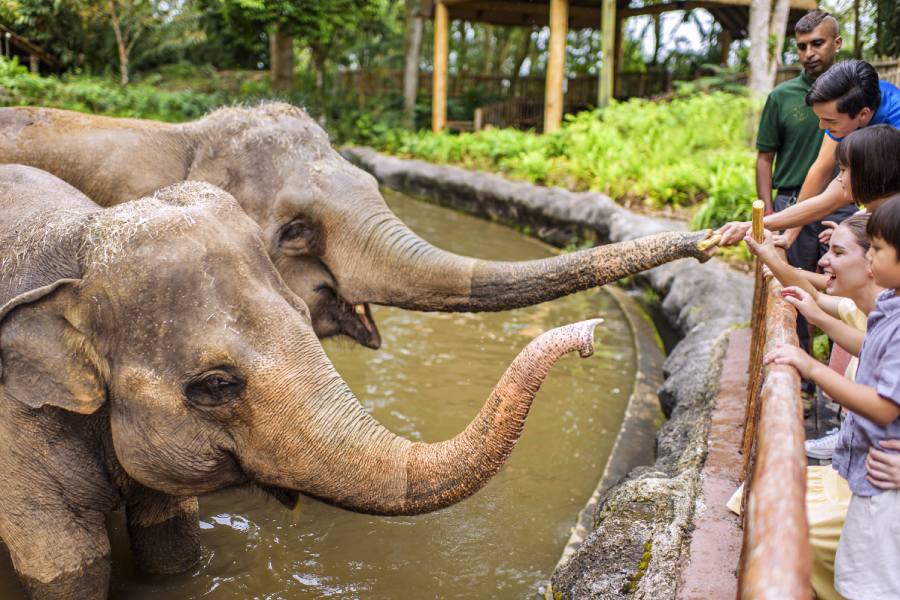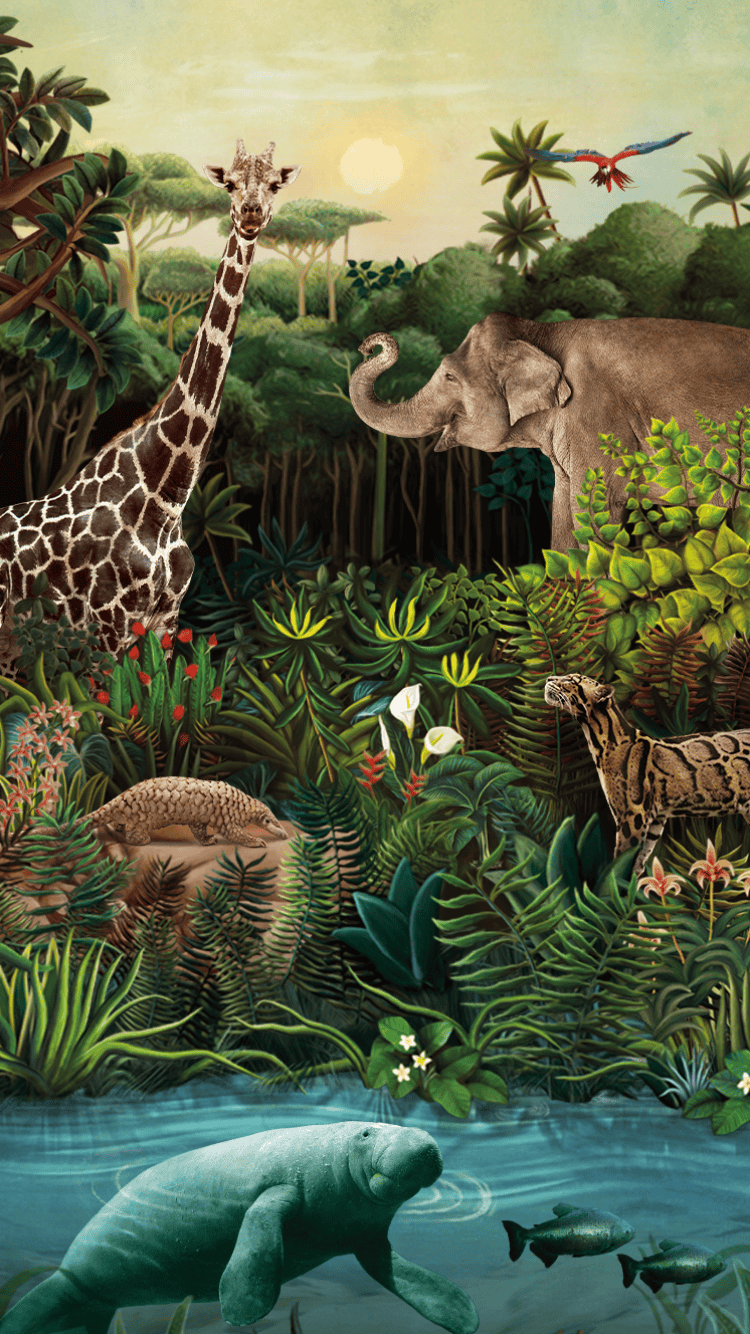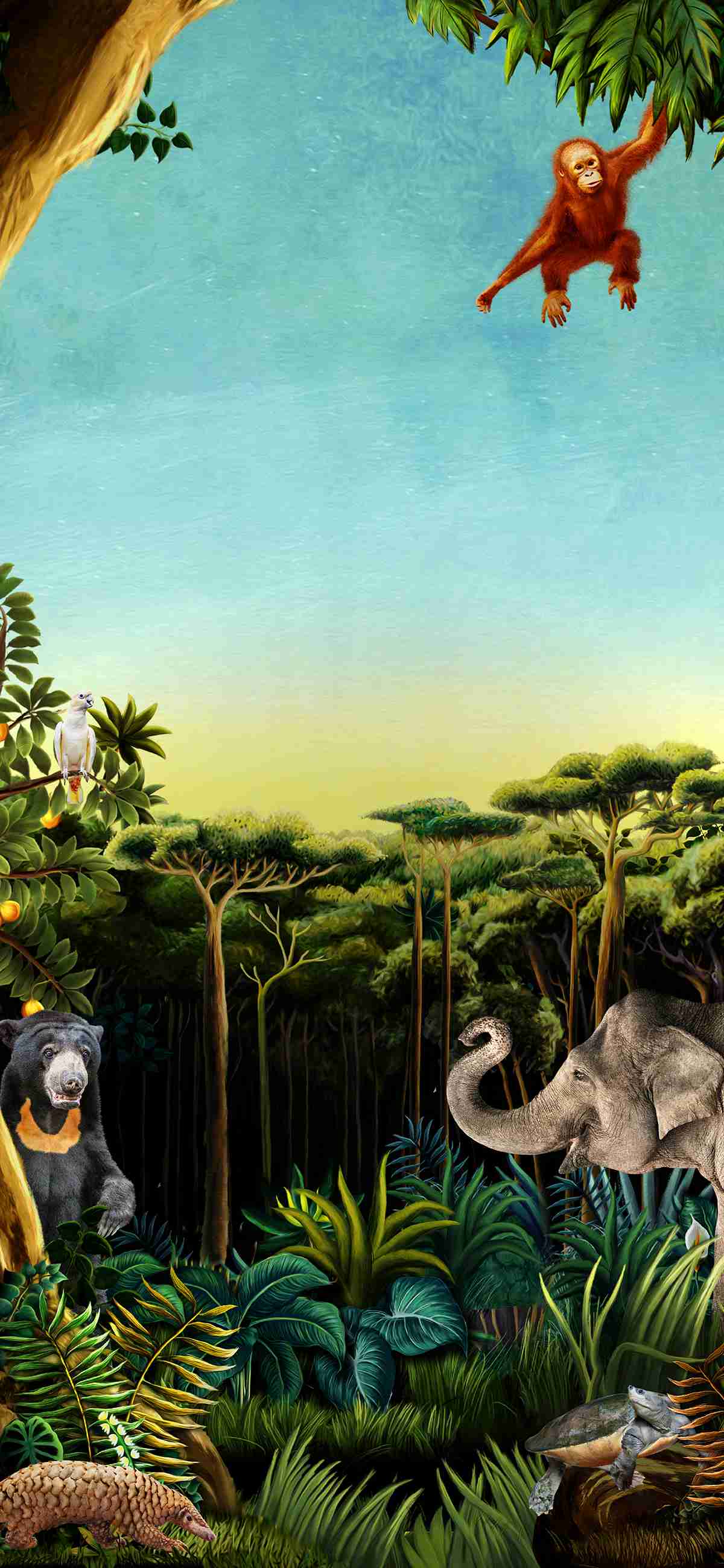Explore Asia’s first adventure-based wildlife park
Get ready for a wild adventure!

Feed the Animals
Catch our animals when they’re most active — during feeding sessions!
Find out more

Wildlife Experiences
Go behind-the-scenes and get closer to our wildlife! Learn how our animals are cared for and discover their unique traits.
Find out more

Presentations
Catch our presentations to witness the amazing talents of our animals alongside their trainers at each Mandai Wildlife Reserve park.
Find out more


























